
The Gokstad Boat Viking ship, Boat rudder, Small boats
All the Viking Age rudders found in Scandinavia have round holes for attaching them with rope but sailing trials with replica ships have shown that rope is dangerously weak. The Southwold rudders seem to have been better designed. Model of a Viking ship showing the placement of the rudder at the stern on the 'steer-board' side
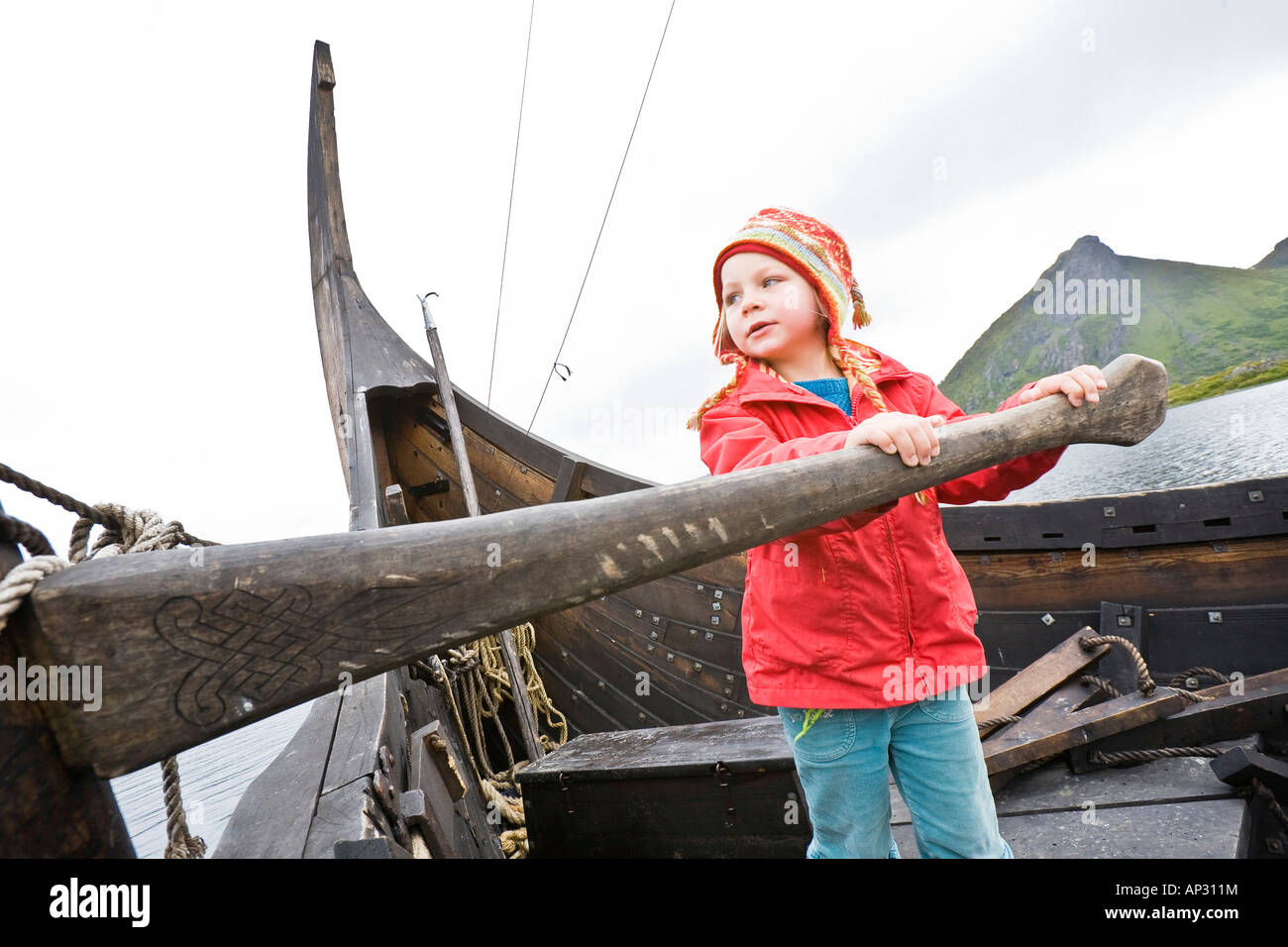
Girl at the oar, rudder of a vikingship, Viking museum, Lofoten, Norway Stock Photo Alamy
In the Viking Age, the rudder on ships and boats sat on the starboard side (the name deriving from styrbord, the Norse term the boards (planks) in the side where you steer the boat, hence, steering-board).

What Travel Writers Say
Viking ships and side rudders | Top 5 films from The Viking Ship Museum in 2021 - no. 1 We have looked back at the films we posted on Facebook in 2021 and over the next few weeks, will. | By Vikingeskibsmuseet i Roskilde | Facebook Log In Forgot Account?

Closeup Of A Hand Carved Rudder On A Replica Viking Ship With Blue Water In The Background Stock
Archaeologists also suspect that the vessel has a central rudder; in contrast, Viking ship rudders were usually located on the right side of the hull. At the same time, the vessel may have.
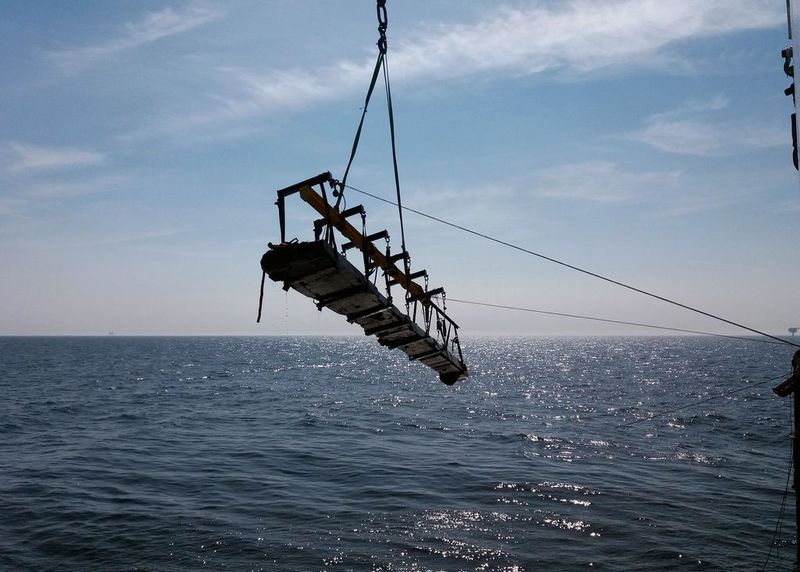
300yearold ship's rudder discovered during the construction of Kriegers Flak offshore wind
A few feet behind him, the leather straps holding the ship's rudder to its side had snapped. The 98-foot vessel, a nearly $2.5 million replica of a thousand-year-old Viking ship, was rolling.

Top 4 Viking Ship Excavations That Excite You To The Core Viking wallpaper, Viking ship, Vikings
The Tune Viking ship has been a riddle for more than 150 years, since being found within a burial in the Oslo fjord area in 1867. It was long thought that the ship's freeboard was too low for it to have crossed the North Sea.

Viking ship Black and White Stock Photos & Images Alamy
The Viking ship was perhaps the greatest technical and artistic achievement of the European dark ages. These fast ships had the strength to survive ocean crossings while having a draft of as little as 50cm (20 inches), allowing navigation in very shallow water. ©2003 Robert Becker

Vikings, Viking ship, Norse
Seafarers steered using a single side rudder on the right, the 'starboard' or "steering board" side.. The modern phase of Viking ship investigation began with the recovery of five vessels at.

Oslo Viking ship rudder. denisbin Flickr
Seawise Giant. The TT Seawise Giant —earlier Oppama; later Happy Giant, Jahre Viking, Knock Nevis, and Mont —was a ULCC supertanker that was the longest self-propelled ship in history, built in 1974-1979 by Sumitomo Heavy Industries in Yokosuka, Kanagawa, Japan. She possessed the greatest deadweight tonnage ever recorded.

Timón de la nave de Viking foto de archivo. Imagen de noruega 51748740
The rudder was shifted to the starboard side, giving the captain more control over the ship. Vikings also made the switch from paddles to oars. One of the most famous Viking ships, the Oseberg, had thirty oars. The longship Hedeby I, had nearly double that. A cargo ship fit for the ocean, from the Viking Ship Museum, Roskilde, via the Daily Sabah

Stern and Rudder of a Viking Ship Editorial Stock Image Image of wooden, museum 93842354
The Gokstad ship is a 9th-century Viking ship found in a burial mound at Gokstad in Sandar, Sandefjord, Vestfold, Norway. It is displayed at the Viking Ship Museum in Oslo, Norway. [1] It is the largest preserved Viking ship in Norway. [2] [3] [4] Discovery

Gislingeboat Rudder and tackle
History The Viking longships were powerful naval weapons in their time and were highly valued possessions. Archaeological finds show that the Viking ships were not standardized. Ships varied from designer to designer and place to place and often had regional characteristics.
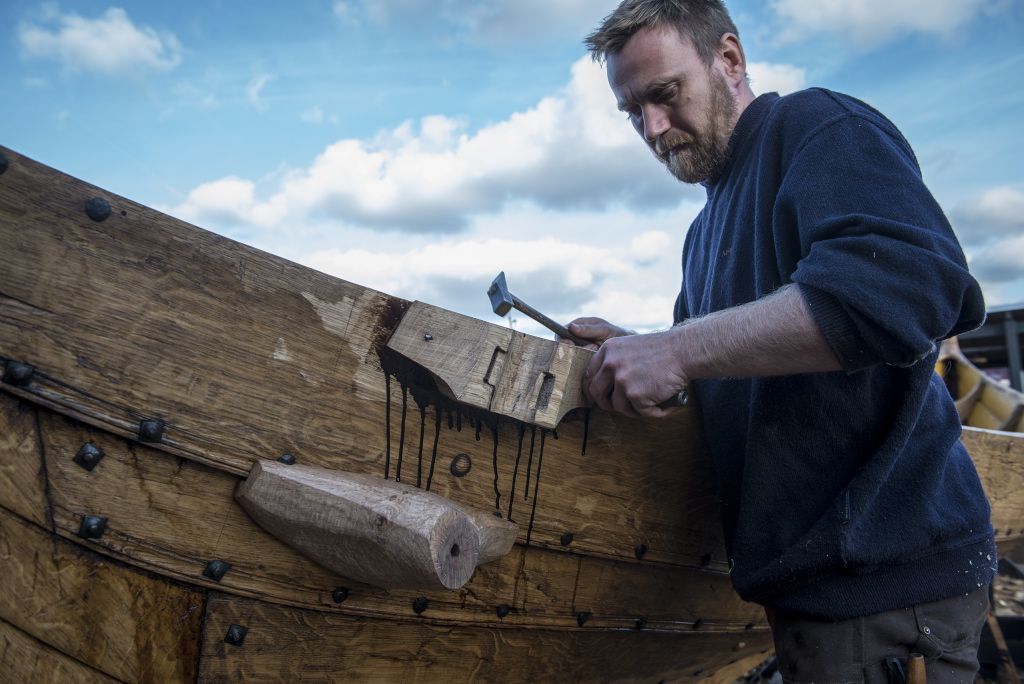
Rudder and tackle Vikingeskibsmuseet Roskilde
Viking ships did not have a rudder at the back of the ship (a medieval innovation in Scandinavia), but instead had a large 'steering' oar attached to the starboard (or 'steering-side') of the ship.

rudder pin Gokstad ship (reconstruction for the vikingmuseum Lofotr) Viking age, Norse, Viking
Ancient Worlds Secrets of Viking Ships For three turbulent centuries, the glimpse of a square sail and dragon-headed prow on the horizon struck terror into the hearts of medieval Europeans..
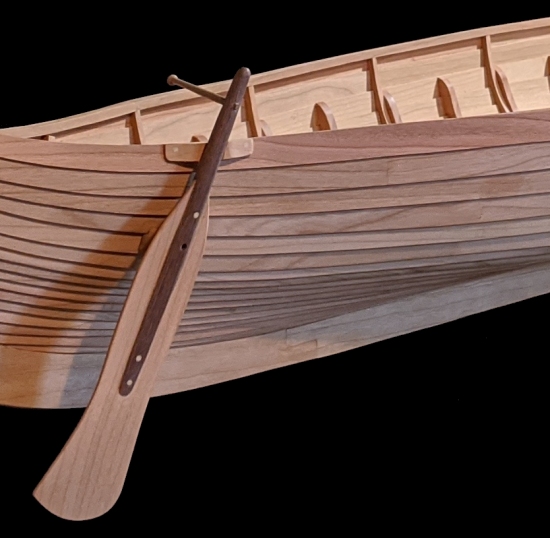
Reconstructing a Norse Drakkar longship
The steering element. In the Viking Age, the rudder on ships and boats sat on the starboard side (the name deriving from styrbord, the Norse term the boards (planks) in the side where you steer the boat, hence, steering-board).This gave rise to some challenges, one of which was the shape of the rudder; the other was the manner in which the rudder could be attached to the ship.
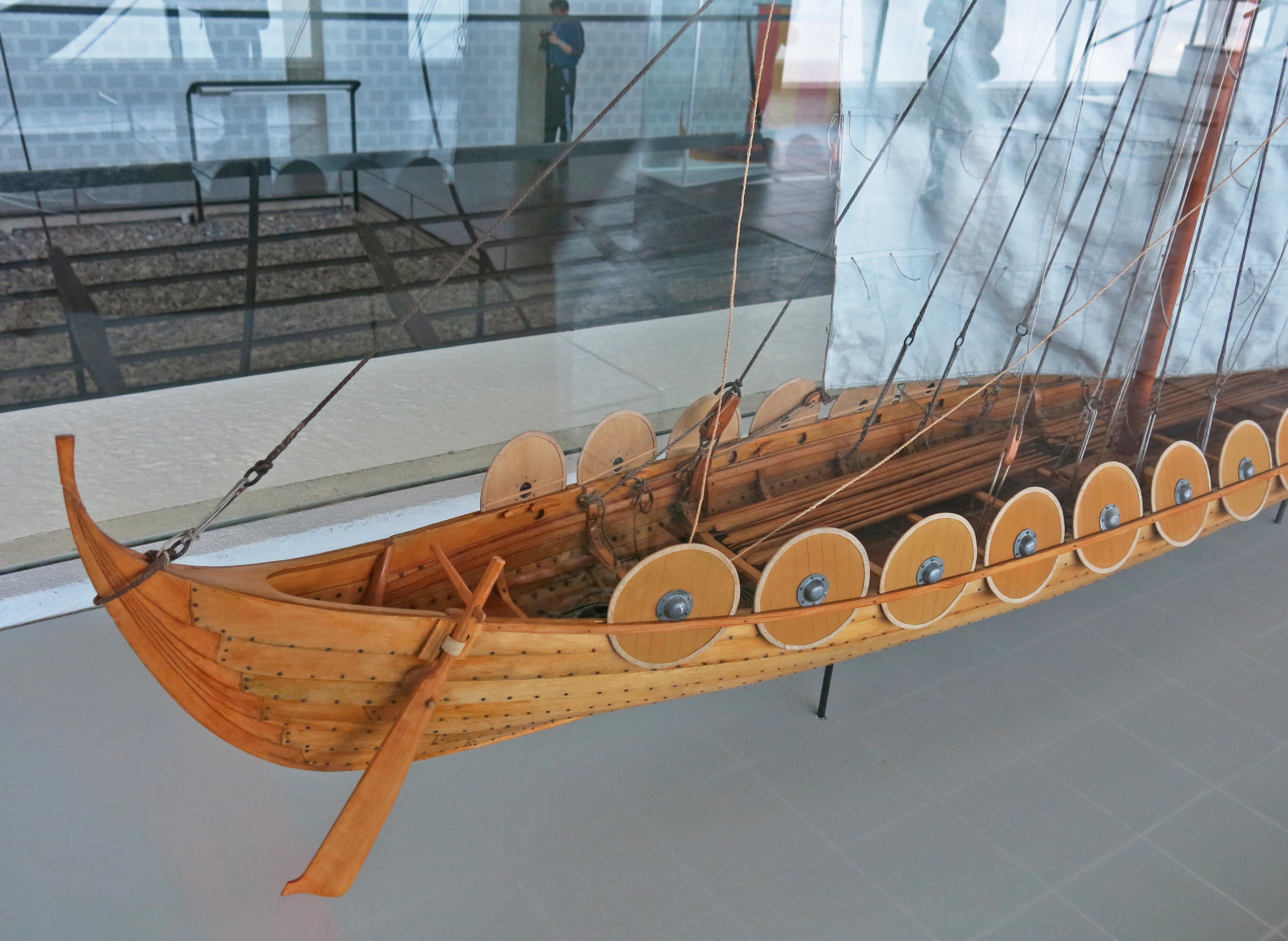
Viking Ships of Roskilde
In the Viking Age, the rudder on ships and boats sat on the starboard side (the name deriving from styrbord, the Norse term the boards (planks) in the side where you steer the boat, hence, steering-board).